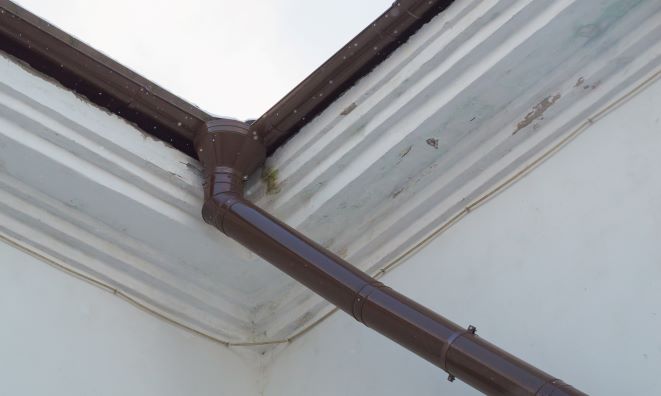When moving home or looking for your first property, there are a lot of things to consider and look out for. You will of course have your own list of wants and needs in a property, like driveway parking or a sizable garden space, but there are some other more general things and warning signs you should look out for too. It is easy to forget about inspecting some elements of the house but it could end up saving you time and money as well as costly surveys if you inspect the house thoroughly. Not only this but it can allow you to make sure you make an offer on the property accordingly and purchase the property at an appropriate value. Take a look at our top tips for things to remember during property viewings.

1. Check for Signs of Damp
It is important when viewing a property that you check the place out for signs of damp and mould, as this can sometimes suggest a serious problem. Look in the corners of rooms and check for signs of black mould around window frames. Small areas are not always a huge concern but it can also indicate that the property is not well insulated, which can cause several other issues. Rather than solve the issue, some owners will paint over areas of dampness or mould before putting their property on the market so also check for areas where the paint looks different, as this can be a sign the owners are covering up damp issues.
2. Cracks in the Paint
A common suggestion is to check for signs of cracks in the house that might be of concern or indicate that the house is not structurally sound. It is often hard to know what cracks constitute these kinds of issues and what they look like. You should generally expect a few hairline cracks in the plaster on walls but signs of more significant cracking can be far worse. This can often be more obvious on the exterior of the property so make sure you walk around the whole building. Stepped cracks are a particular sign of concern as well as cracking around things like extensions that may not have been built well. These are not things that can’t be fixed but you can pass any findings onto your surveyor and potentially lower the asking price.
3. Consider Which Way the Garden Faces
A common problem during house hunting is when people visit early in the day or during winter and don’t see the sunrise to see how this affects the garden space. If you’re somebody who likes the sun it can be discouraging buying a property only to realise you have a north-facing garden and sunlight is limited. It can also be a pain trying to air dry washing if your garden space doesn’t get much sunlight throughout the year. You can compass apps on your phone if you are visiting during winter but if possible visit during the middle of the day when the sun is shining to see how much sunlight the garden gets.
4. Check the Roof Before You Leave
Something that many people don’t consider when buying a property is the condition of the roof. As you can’t inspect the roof closely, most people glance over this and don’t take the time to have a look before placing an offer. But the damage to the roof can end up being extremely costly and this is something you want to avoid after first moving into a property. Also take a look at the guttering to see whether this looks like older metallic guttering that might need replacing, or if the guttering looks to be in good condition. Again, any damage to guttering can be a huge problem in the winter and end up causing further damp problems in the property.
5. Locate the Boiler and Fuse Board
Another thing to put on your house viewing checklist is the boiler and fuse board. Although you might not have too much knowledge of plumbing or electrics, you should always locate the boiler and fuse board to gauge how old they might be. It is often easier to tell how old a boiler is by looking at it as there may be signs of wear, or a newer boiler may have a sticker that includes the date of installation. Fuse boards should also include a sticker with the date of the last inspection, so you know if it has been tested for safety. Most of the time, fuse boards are only tested upon installation so this could indicate when it was installed. If you are concerned about the age of either of these vital elements, feel free to ask the estate agent for more information.

These are some of our top tips for viewing properties but you will of course have your own house viewing questions and agenda to prioritise. These tips should also be true if you are looking at properties abroad, as the last thing you want are complications on the condition of your property and delaying the process. We can help if you are looking to move abroad with our global moving solutions and international moving advice.






